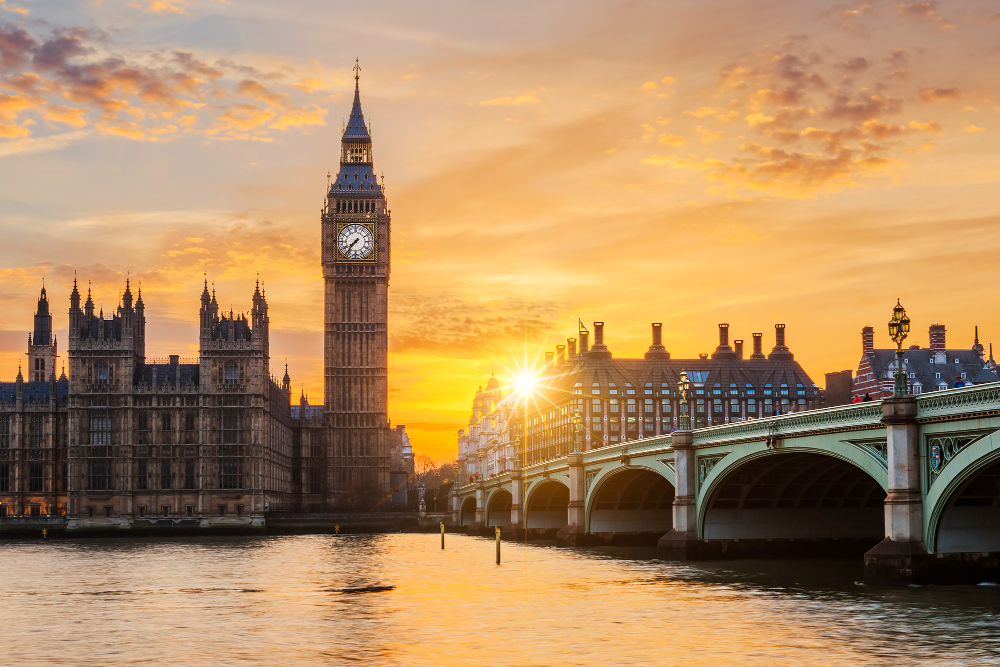Discovering the Tower of London: A Historical Landmark Steeped in Legend

The Tower of London is one of London’s most recognizable landmarks, attracting millions of visitors every year. Located on the banks of the River Thames, the Tower is a complex of buildings that has served various purposes throughout its history, including a royal palace, a prison, an armory, and a treasury. Today, the Tower of London is a popular tourist destination and a UNESCO World Heritage Site. It is home to the Crown Jewels, a collection of priceless treasures including the Imperial State Crown and the Koh-I-Noor diamond. The Tower also houses the famous Yeoman Warders, known as the Beefeaters, who have guarded the Tower since the 14th century.
A Brief History of the Tower of London
The history of the Tower of London can be traced back to 1066, when William the Conqueror built the White Tower, the central keep of the castle. Over the centuries, the Tower has been expanded and modified by successive monarchs, and it has played a significant role in English history. One of the most notorious periods in the Tower’s history was during the reign of Henry VIII in the 16th century. The Tower was used as a prison for many of Henry’s wives, including Anne Boleyn and Catherine Howard, who were both beheaded on the Tower Green. The Tower was also used to imprison political opponents and religious dissenters, and many were tortured and executed within its walls. During the 17th century, the Tower was used as a military fortress and arsenal, and it played a key role in the English Civil War. It was also used as a prison for high-profile prisoners, including Sir Walter Raleigh and Guy Fawkes, who was involved in the Gunpowder Plot to blow up the Houses of Parliament.
Exploring the Tower of London
The Tower of London is a vast complex of buildings, and visitors can easily spend a whole day exploring its many attractions. One of the highlights of any visit is the Crown Jewels, which are housed in the Jewel House in the Waterloo Block. Here, visitors can see the regalia used by British monarchs over the centuries, including crowns, scepters, and orbs. Another must-see attraction is the White Tower, which was built by William the Conqueror in the 11th century. The White Tower now houses the Royal Armories collection, which includes armor and weapons from throughout English history. Visitors can also explore the many towers and buildings within the Tower complex, including the Bloody Tower, where the two princes, Edward V and his younger brother Richard, were famously murdered in 1483. The Tower also contains several chapels, including the Chapel of St. John the Evangelist and the Chapel Royal of St. Peter ad Vincula, where many of the Tower’s most famous prisoners are buried.
Legends and Ghosts of the Tower of London
The Tower of London is steeped in legend and folklore, and there are many stories of ghosts and hauntings within its walls. One of the most famous legends is that of the ghost of Anne Boleyn, who is said to haunt the Chapel of St. Peter ad Vincula, where she is buried. Visitors have reported seeing her ghostly figure walking through the chapel, and hearing her ghostly laughter echoing through the halls. Another famous legend is that of the ravens of the Tower. According to tradition, if the ravens ever leave the Tower , the kingdom will fall. As a result, the Tower has been home to a group of captive ravens for centuries, and their wings are clipped to prevent them from flying away. Visitors can see the ravens at the Tower, and there is even a Ringmaster who is responsible for their care.
Conclusion
The Tower of London is a must-visit destination for anyone interested in English history and culture. From its origins as a royal palace to its use as a prison and fortress, the Tower has played a significant role in the country’s history, and it remains one of London’s most iconic landmarks. Visitors can explore the Tower’s many attractions, including the Crown Jewels and the White Tower, as well as the various towers and buildings within the complex. And while the legends and ghosts of the Tower add an extra layer of intrigue to any visit, the Tower’s rich history and cultural significance make it a truly unforgettable experience.
FAQ
Q1: Can visitors take pictures of the Crown Jewels at the Tower of London?
A: Yes, visitors are allowed to take pictures of the Crown Jewels, but flash photography and video recording are not allowed.
Q2: Is the Tower of London open on public holidays?
A: Yes, the Tower of London is open every day of the year, except for December 24-26 and January 1. However, hours of operation may vary on public holidays, so it is best to check the Tower’s official website for up-to-date information.
Read More: Financial Management Risks in Today’s Uncertain Economy











